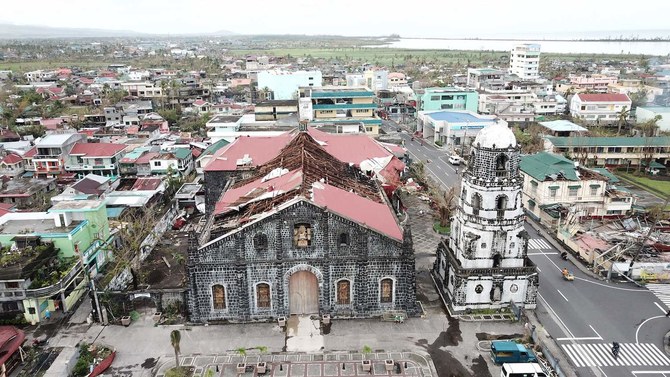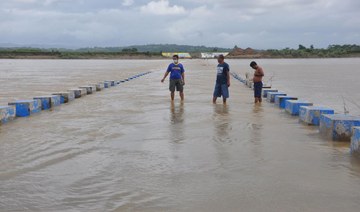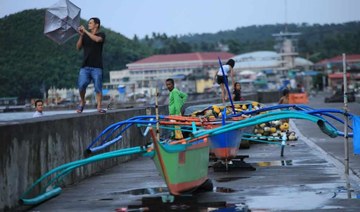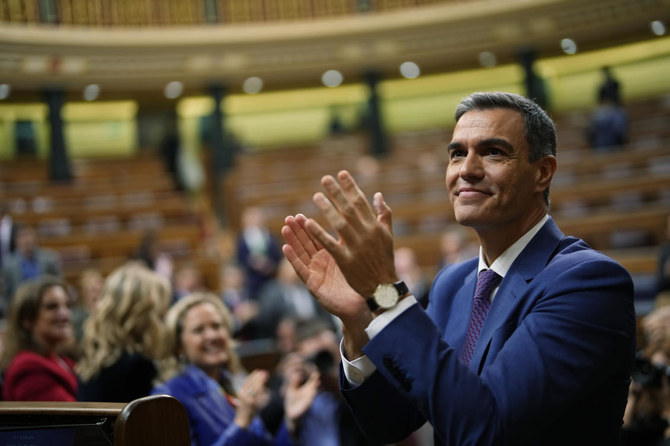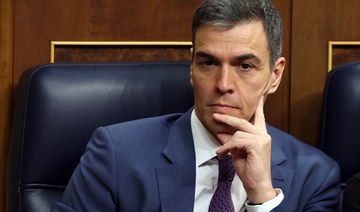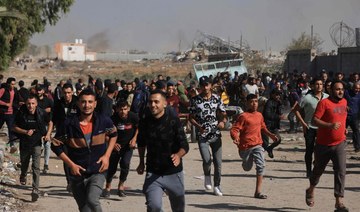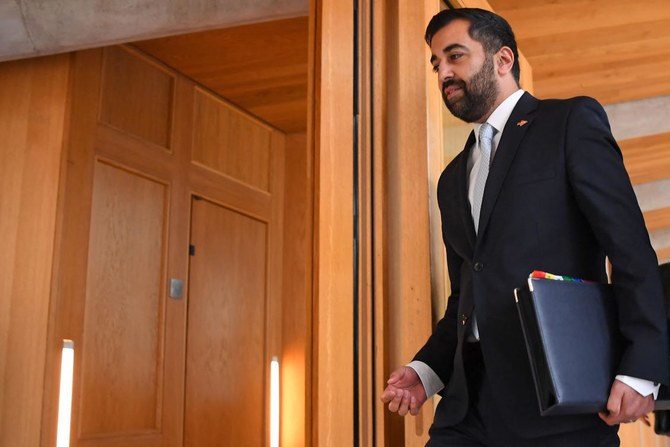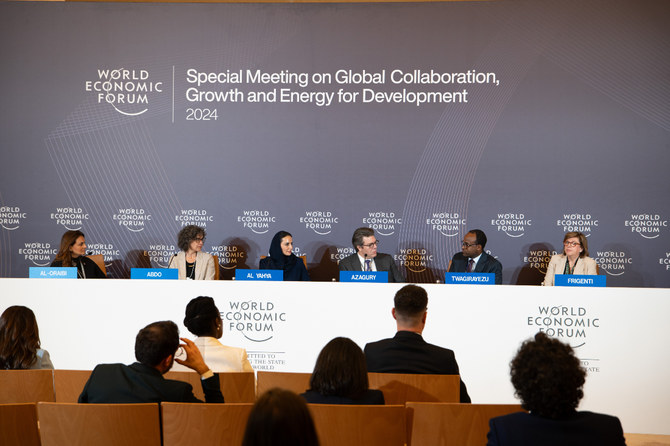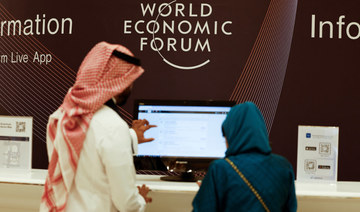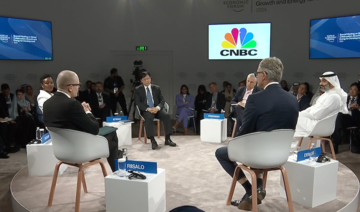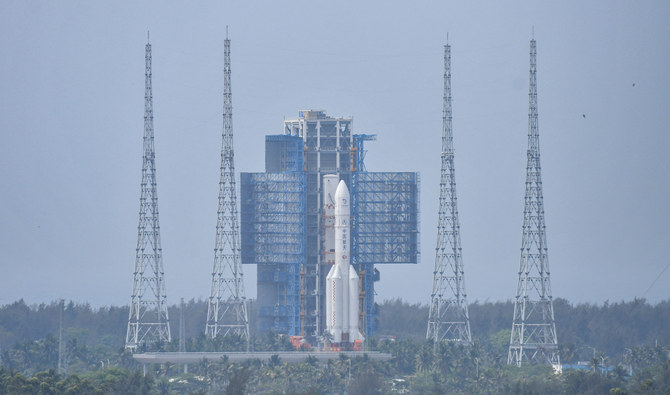MANILA: At least seven people have died in the Philippines after Typhoon Goni, the world's strongest storm of 2020, made landfall on Sunday.
Strong winds and torrential rain hit the southern part of Luzon island, with all the fatalities reported to be from Albay province.
“The fatalities include a five-year-old child who may have been washed away after a river overflowed,” Albay’s governor, A.l. Francis Bichara, said. “Another victim was swept away by a lahar (volcanic mud), while one was hit by a fallen tree.”
Rey Anthony Ostria, a resident of Guinobatan town in Albay, described the winds as fierce.
“The wind was howling,” he told Arab News. “There was zero visibility at the height of the typhoon.”
He said that some of the affected residents in Guinobatan, especially those whose houses were destroyed by the volcanic mudflow or were hit by fallen boulders, had no place to stay. “They have no food, no place to sleep,” Ostria added.
The typhoon has brought heavy rains, massive flooding and landslides, according to a report from the Office of Civil Defense in region 5.
Police Regional Office 5 director, Brig. Gen. Bartolome Bustamante, said that most rivers and waterways in Bicol were flowing above the limit.
“We are still consolidating reports (on the effects of the Goni),” he told Arab News. “The super typhoon just subsided at noontime. Our search and rescue (personnel) were deployed before 1 p.m.”
Goni made landfall over Bato, Catanduanes, at 4.50 a.m. followed by another in Tiwi, Albay, at 7.20 a.m.
It had maximum winds of 225 kph near the center and gusts of up to 310 kph.
A tropical category 5 cyclone was raised over Catanduanes, Albay, and the eastern portion of Camarines Sur in the Bicol region.
Camarines Norte, the rest of Camarines Sur, the northern part of Sorsogon, as well as the National Capital Region were alerted for a category 4 storm.
The Philippine Atmospheric, Geophysical and Astronomical Services Administration (PAGASA) downgraded Goni's status to a typhoon as it weakened slightly before making a third landfall over San Narciso, Quezon, at noon.
The National Disaster Risk Reduction and Management Council (NDRRMC) said its predictive analytics showed that between 19 to 31 million individuals could be affected by the storm based on the population count within the typhoon track.
Out of the exposed population, around 3.7 million people were from marginalised sections of society, according to NDRRMC executive director Ricardo Jalad.
At a televised NDRRMC briefing Bichara and Quezon governor, Danilo Suarez, reported massive power outages in their provinces. They also said communication lines were down in many of the affected areas.
Pictures and video footage showed the devastation caused by Goni, with many areas experiencing massive flooding that submerged hundreds of houses.
The Civil Aviation Authority of the Philippines reported that Legazpi airport in Albay, particularly the passenger terminal building, sustained minimal damage.
"Virac airport still cannot be contacted as lines are cut off. Once Legazpi tower is operational, the tower will immediately coordinate with Virac tower for updates," the authority said.
In Metro Manila some local officials also ordered the evacuation of people in low-lying, coastal areas and waterways.
On Saturday night, the Department of Transportation announced the 24-hour closure of Manila's Ninoy Aquino International Airport for all flight operations from 10 a.m. on Nov. 1 to 10 a.m. on Nov. 2 for the safety of passengers and personnel.
The department’s maritime sector has also taken precautionary measures to ensure the safety of lives and property at sea.
A no sailing policy for all types of ships, including fishing vessels, will be enforced in areas where tropical cyclone wind signals are raised.
Vessels in affected areas have been advised to take shelter, while ports and other maritime infrastructures including their equipment are to be secured.
PAGASA said that Goni had made its fourth landfall in Lobo, Batangas, at 5:30 p.m. on Sunday.
Ako Bicol partylist Rep. Zaldy Co said an estimated 300 houses were buried under armor rocks in San Francisco, Guinobatan Albay. He added that several people were believed to be buried alive.





